1. Fancy Planners

People buy high-end planners thinking they’ll finally organize their lives. The truth is, most of them end up gathering dust on a shelf because life rarely sticks to a page. The act of buying feels productive, but without consistent habit, it’s just a decorative object. They look great on Instagram, though, so at least they serve that purpose.
Many planners come with stickers, tabs, and motivational quotes, making them overwhelming to actually use. Instead of tracking tasks, you spend more time deciding which pen to use or which layout feels “right.” This complexity can discourage consistent use. In the end, it sits unopened, serving more as an aspirational item than a functional tool.
2. High-End Pens

A luxury pen can make anyone feel like a CEO or bestselling author. People buy them thinking they’ll inspire writing or note-taking. In reality, most stay locked away in drawers for special occasions that never come. They look impressive but rarely change daily habits.
The smooth ink and fancy design can tempt you to hoard them rather than use them. Many people worry about ruining them, which ironically prevents them from doing the very writing they bought it for. Over time, the pen becomes more of a collectible than a tool. You end up reaching for a cheaper, more practical pen instead.
3. Meal-Prep Containers

Meal prep containers promise organized eating and better health. The idea is that prepping meals ahead of time saves stress and calories. But they often sit unused because meal planning itself is a habit many struggle to maintain. Without follow-through, the containers just take up cabinet space.
People also buy them in sets, imagining bulk prep will motivate them. In reality, figuring out what to cook and actually prepping it is the bigger barrier. Even the most aesthetically pleasing container won’t make you want to chop vegetables. They end up stacked and empty, serving no purpose beyond potential.
4. Fitness Equipment for Home
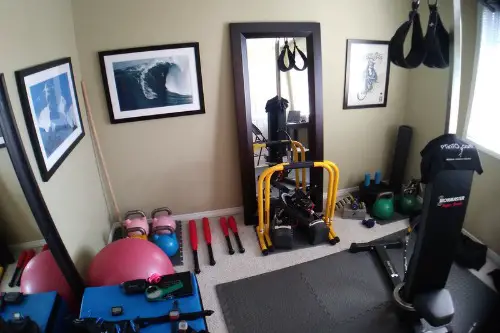
Treadmills, dumbbells, or resistance bands promise a fitter lifestyle with minimal effort. The purchase makes you feel committed, but usage often drops off after a few weeks. The novelty of new equipment wears off quickly. Soon, it becomes a glorified coat rack or clothes hanger.
The intention is admirable, but motivation is fleeting. Most people underestimate the discipline needed for a regular routine. Without a plan or accountability, the equipment just sits. Eventually, it becomes more of a home decor statement than a fitness solution.
5. Expensive Notebooks
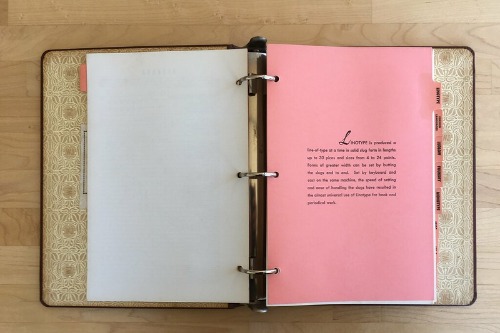
A luxury notebook can make you feel like a writer or an entrepreneur. People imagine journaling or planning will magically happen because they bought it. In practice, the blank pages are intimidating, and writing rarely starts. The notebook ends up stacked with other unused office supplies.
Many notebooks are also heavy, bulky, or have layouts that don’t suit your style. This makes them inconvenient for daily use. Instead of writing, people feel guilty for letting it sit unused. The allure is more about potential than practicality.
6. Time-Tracking Apps

Apps designed to make you more efficient often fall into the same trap. You download them with the intention of logging every minute, hoping to increase productivity. But tracking time takes discipline itself. Many abandon them after a week because it feels like extra work.
These apps promise insights and self-improvement, but insight alone doesn’t create action. Constant notifications can even increase stress instead of productivity. Without real behavioral change, the app is just digital clutter. It sits idle, quietly judging your lack of follow-through.
7. Motivational Books
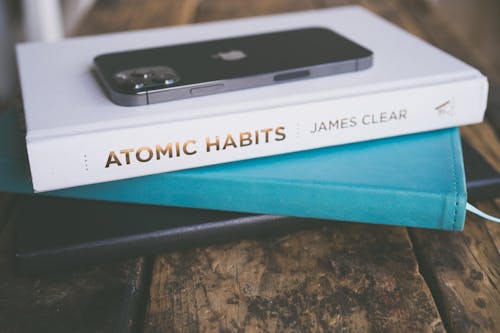
Books with titles like Get Organized or Change Your Life in 30 Days seem like instant motivation. People buy them hoping reading alone will spark transformation. Most end up unread on a nightstand or bookshelf. Motivation requires action, not just inspiration.
The content is often useful, but busy schedules prevent consistent reading. Many skim the first few pages, feeling productive, then move on. Eventually, it becomes a symbolic gesture toward self-improvement. The book is more aspirational than functional.
8. Bullet Journal Supplies
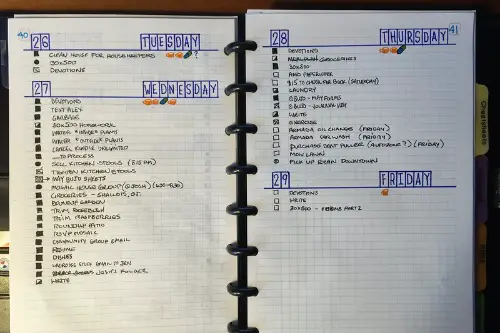
The rise of bullet journaling has made markers, stencils, and special pens tempting purchases. People imagine a perfectly organized, color-coded life. In reality, the setup process is time-consuming. After the initial burst of enthusiasm, it often falls by the wayside.
The effort required to maintain it can outweigh the benefits. Many people switch to simpler methods or default to digital alternatives. The supplies then sit unused, taking up desk space. The “productivity boost” becomes a hobby rather than a habit.
9. Standing Desks

Standing desks are marketed as the solution for energy and focus. People buy them thinking they’ll magically improve posture and productivity. However, without consistent discipline, they often remain in sitting mode. Many simply add clutter rather than boost efficiency.
Switching between sitting and standing requires conscious effort. People often revert to habits that are most comfortable. The desk alone cannot force change. Its presence feels proactive, but behavior rarely aligns.
10. Pomodoro Timers
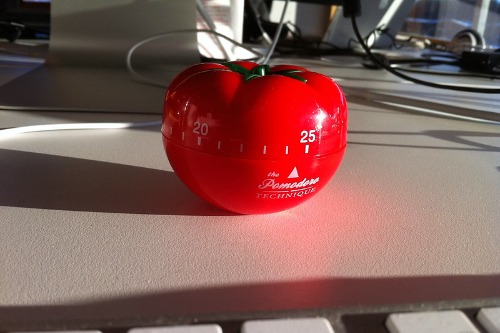
Pomodoro timers promise structured work periods to improve focus. People buy them thinking a timer can force productivity. Unfortunately, if you aren’t disciplined, the timer sits unused. Productivity isn’t automatic—it requires follow-through.
Some even download digital versions that end up buried under notifications. A timer can’t magically create tasks or motivation. It only works if paired with a clear plan. Without that, it’s a fancy gadget rather than a productivity tool.
11. Ergonomic Chairs
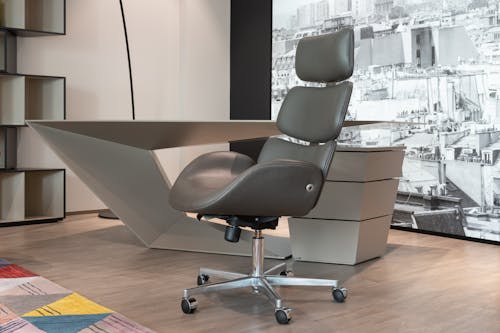
An ergonomic chair is supposed to prevent back pain and improve work focus. Buying one feels like investing in your long-term productivity. But a chair doesn’t solve distractions, poor workflow, or inconsistent habits. Many people end up using it just like any other chair.
The appeal is in imagining a more comfortable, efficient workday. Yet, comfort alone doesn’t create discipline. Without behavioral adjustments, the chair is mostly furniture. Its productivity promise is largely aspirational.
12. Online Course Subscriptions

Signing up for an online course feels proactive and goal-oriented. People envision completing modules and gaining skills quickly. Many, however, never finish or even start. Life gets busy, and motivation wanes.
The subscription creates a sense of potential rather than action. People feel productive just by enrolling. But without engagement, it’s essentially an unused membership. Knowledge doesn’t accrue automatically.
13. Meal Kit Deliveries
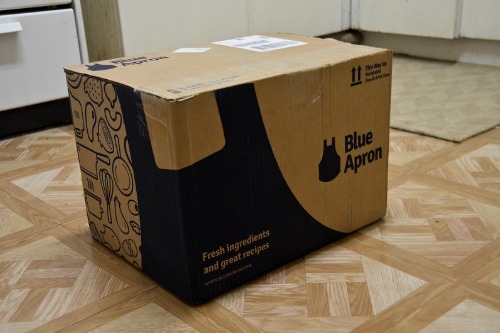
Meal kits are marketed as convenient and time-saving. People buy them imagining stress-free, healthy cooking. Yet, many never follow through because prepping still requires effort. The boxes may pile up in the fridge, untouched.
The problem isn’t the kit itself but the behavioral commitment needed. Some people get overwhelmed by recipes or portion sizes. When convenience doesn’t match lifestyle, the kits remain idle. They promise productivity but demand more work than expected.
14. Desk Organizers
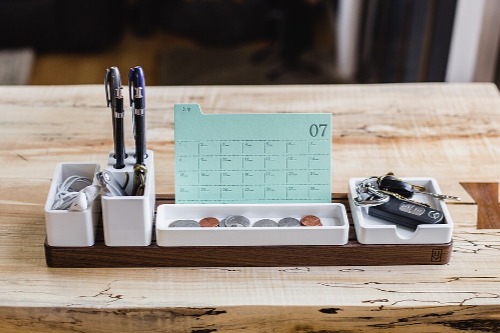
Organizers promise a tidy, productive workspace. People imagine instant efficiency once pens, papers, and cables are neatly arranged. Often, they remain half-empty or stuffed with random clutter. Organization doesn’t automatically create focus.
The appeal is the idea of control over your environment. Without consistent effort to maintain it, it’s just another decorative item. Many find the empty compartments intimidating or forget to use them. They sit as a symbol of intent rather than action.
This post 14 Things People Buy to Feel Productive — But Just Sit in Drawers was first published on Greenhouse Black.
